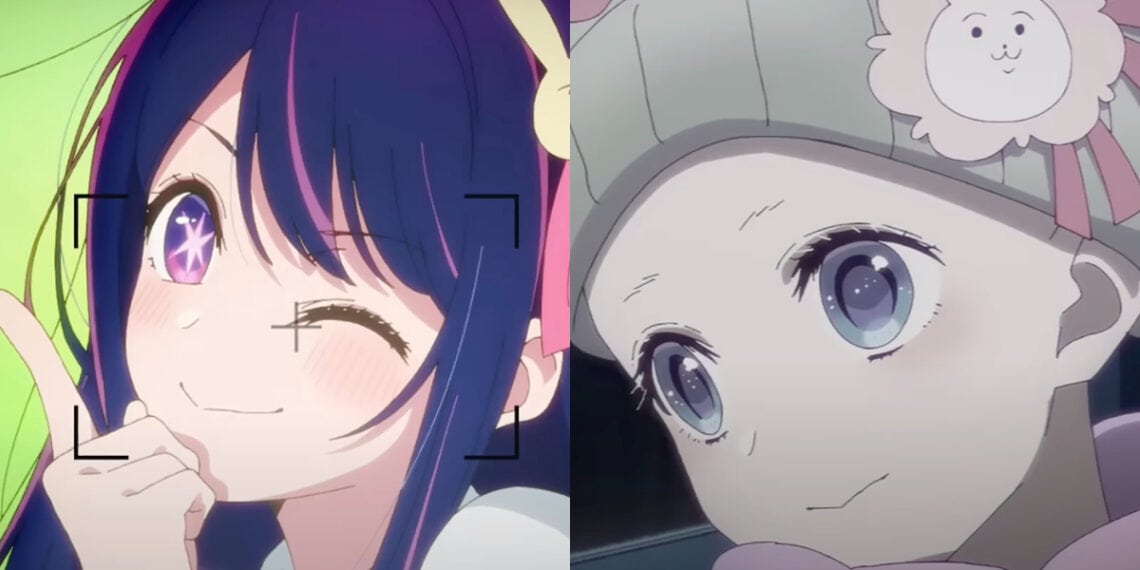The manga Oshi No Ko by Aka Akasaka has garnered an extremely passionate and dedicated fanbase, both in its home country of Japan and abroad. As Akasaka’s follow-up work to his hit series Kaguya-Sama: Love Is War, expectations were high, and Oshi No Ko has appeared to deliver for many readers.
Centered around the Japanese idol industry, the series tells a dramatic tale of tragedy, revenge, and the dark side of entertainment fame. While some praise it as an insightful commentary, the storytelling has resonated with fans for additional reasons.
Devotees have become invested in the well-developed characters and their emotional arcs. The plot contains exciting mysteries and unexpected twists that inspire theorizing and debate.
And the art visually balances darker tones with Akasaka’s characteristic humor and charm.
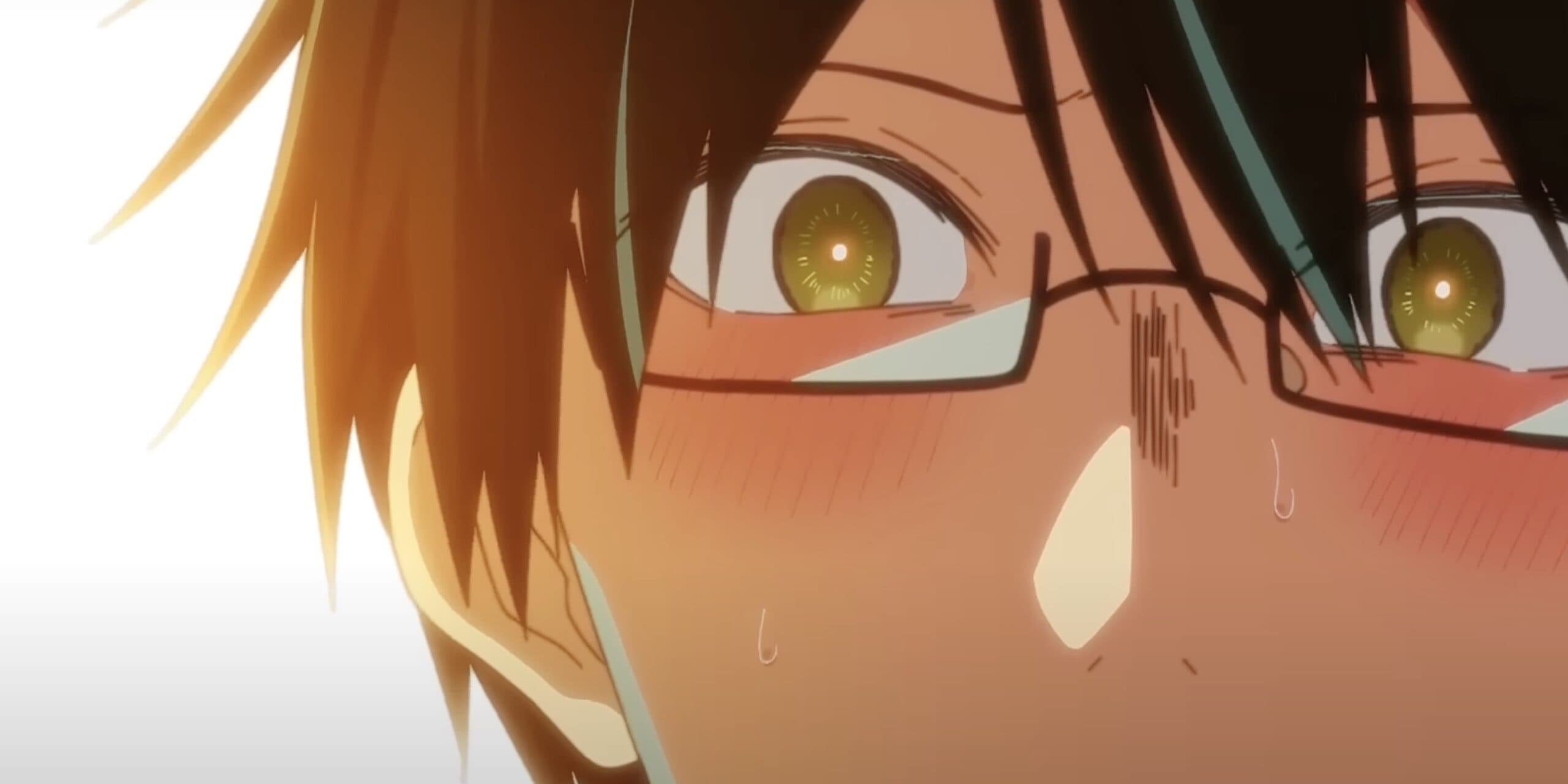
In Japan, where idol culture drives a massive entertainment market, readers have immersed themselves in Oshi No Ko’s world and narrative.
This passion has fueled the series’ popularity, the announcement of an anime adaptation, and even a stage musical.
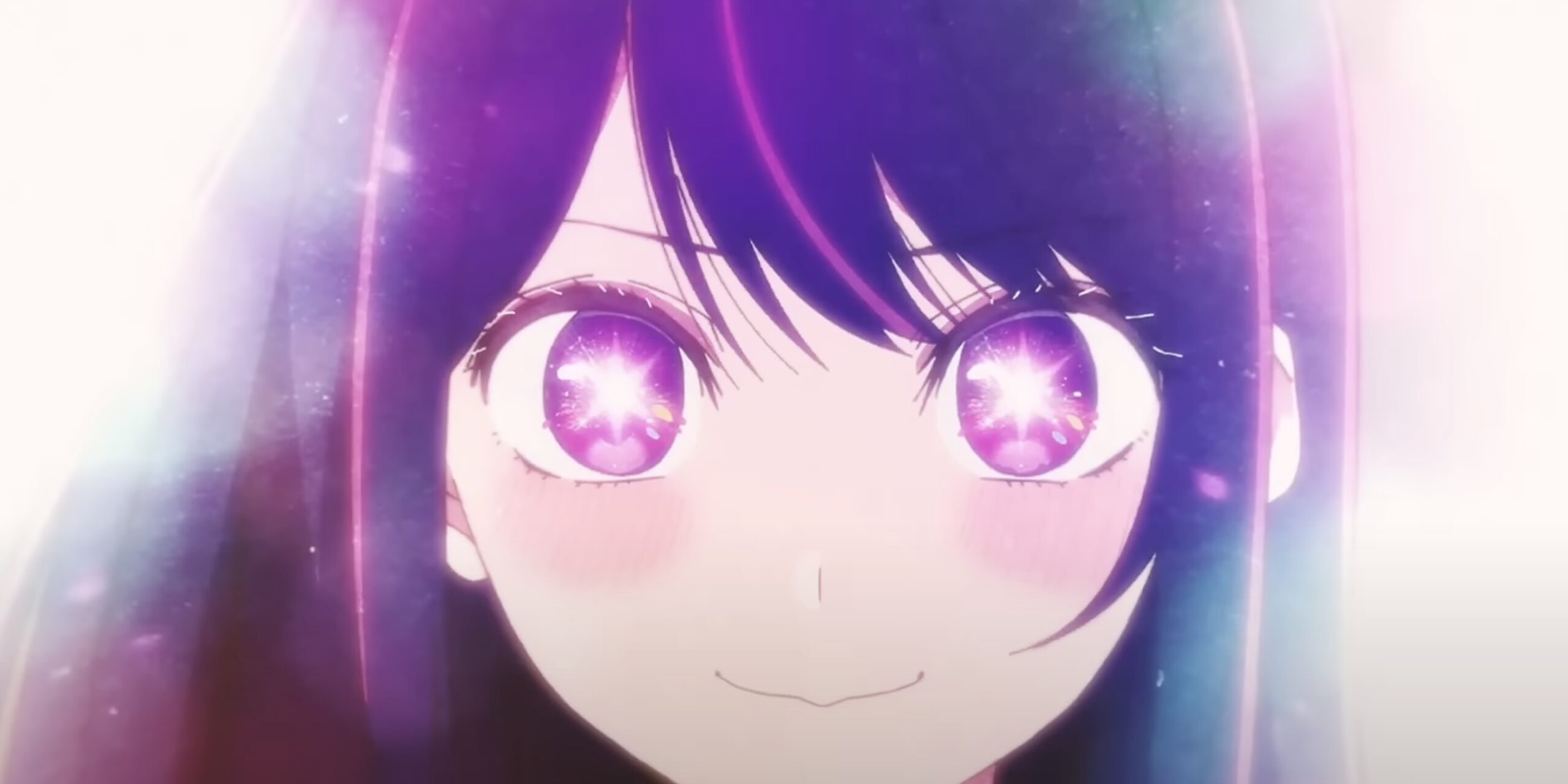
For these hardcore fans, Oshi No Ko is not mere media but almost an alternate reality to inhabit and love.
Such extreme dedication speaks to Akasaka’s storytelling talents and is the living embodiment of the otaku culture that surrounds Japanese anime and manga.
Oshi No Ko’s Shallow Exploration of Idol Culture
Oshi No Ko has clearly captured lightning in a bottle when it comes to its fanbase, especially in Japan, where idol culture fuels an obsessed otaku demographic. However, the reasons for this intense devotion seem misplaced.
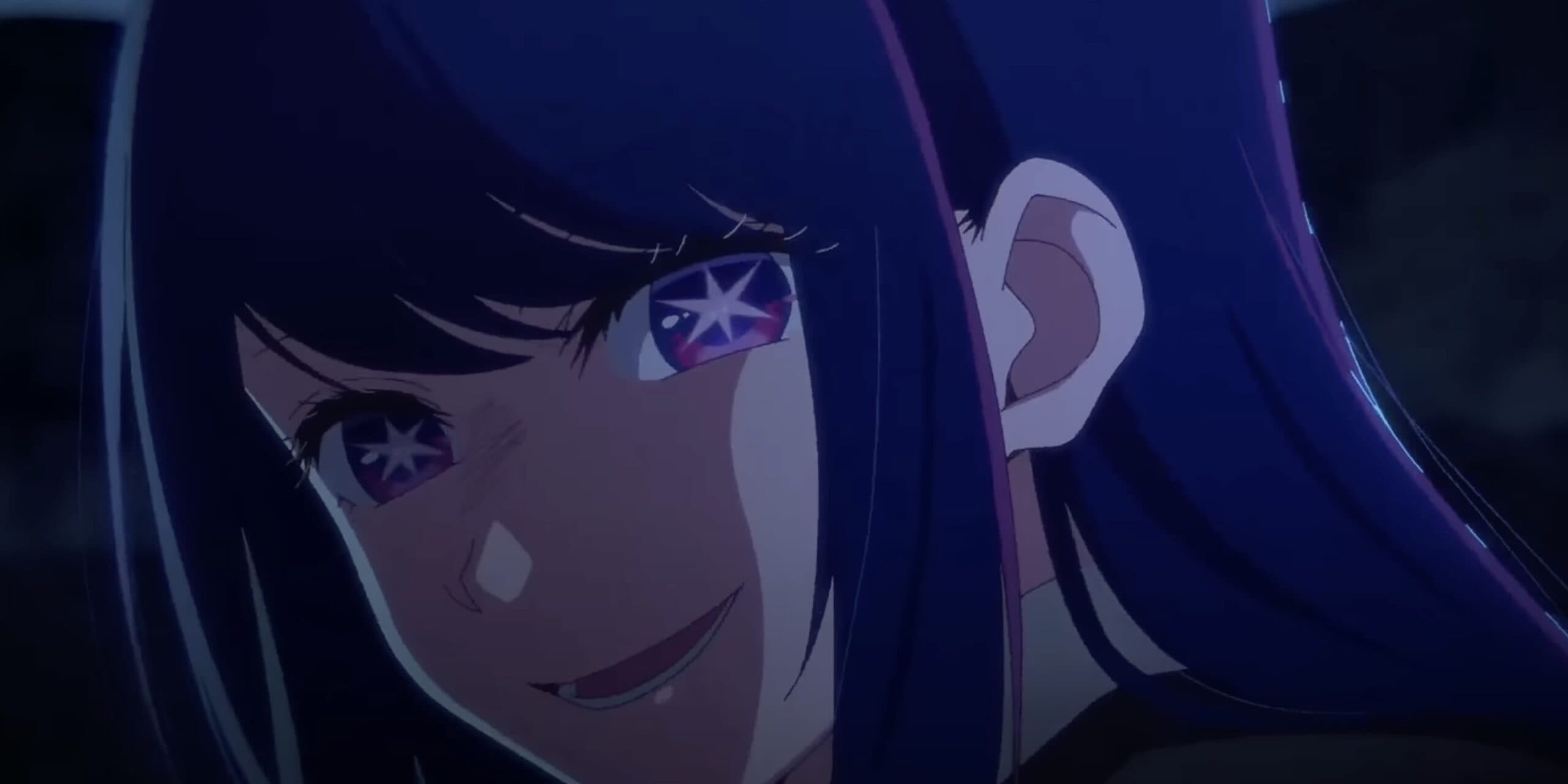
While the manga explores the dark underbelly of the entertainment industry, often using extreme scenarios and characters, it fails to provide truly meaningful commentary or insight.
The outlandish premise of reincarnated individuals seeking vengeance reads more like a power fantasy than a realistic portrayal of systemic issues.
Protagonists armed with meta-knowledge glide through obstacles that should raise complex questions about the idol system and management exploitation. Instead, real-world harms are reduced to cartoonish villains for the heroes to smugly defeat.
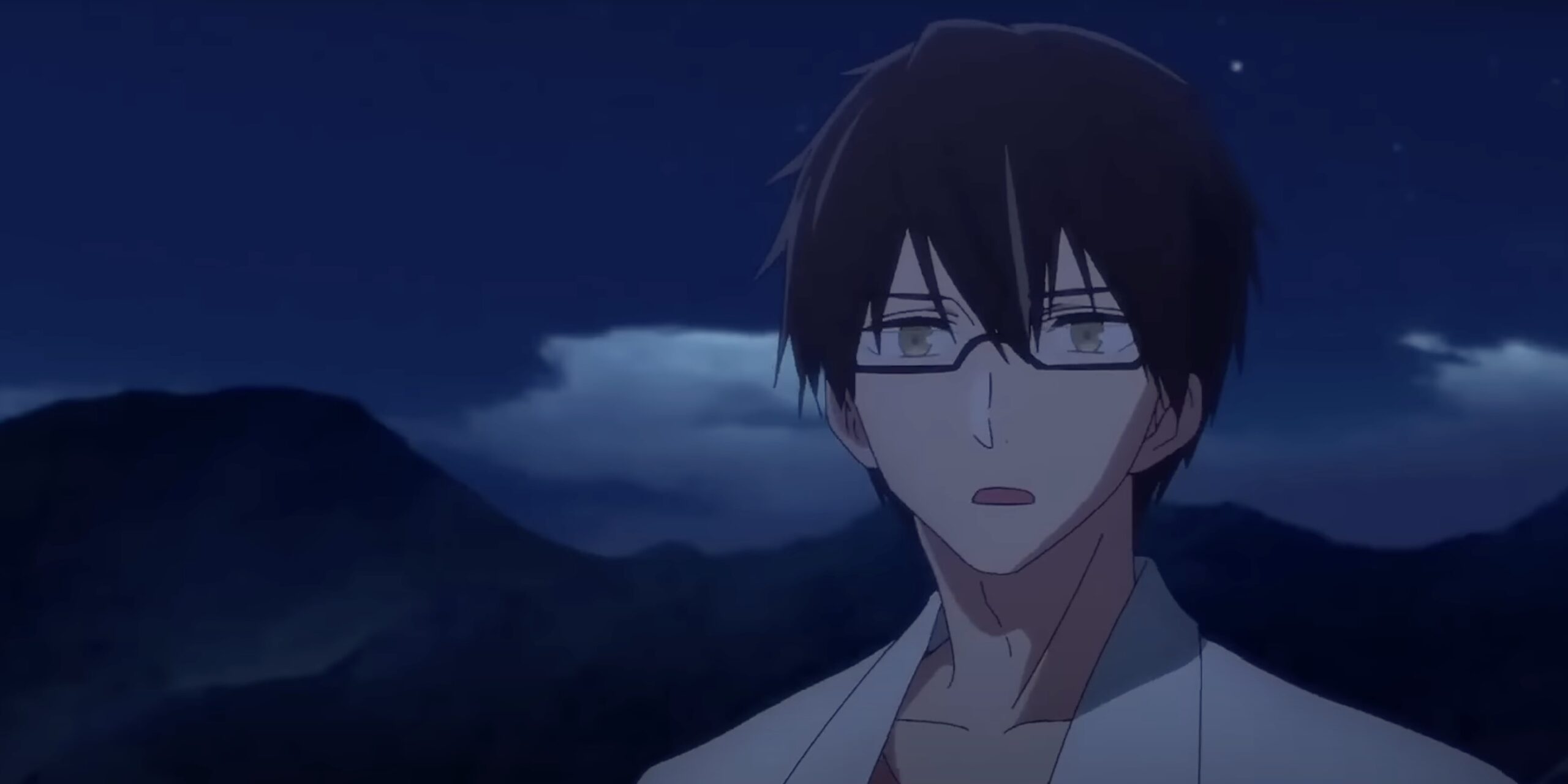
So, rather than gaining a better understanding of the high human cost within corrupt idol culture, Japanese readers are likely embracing Oshi No Ko as yet another outlet for exaggerated melodrama and wish fulfillment. The story superficially touches on real themes but prioritizes indulgent anime tropes instead.
Fantasy Wish Fulfillment Overshadowing Real Issues
Rather than providing meaningful commentary, Oshi No Ko often slides into indulgent fantasy wish fulfillment, diminishing its credibility in depicting real issues.
The absurd premise of vengeful reincarnation immediately triggers doubts regarding realism. Protagonists empowered with meta-knowledge do not react like ordinary people plunged into the dark underworld of idols.
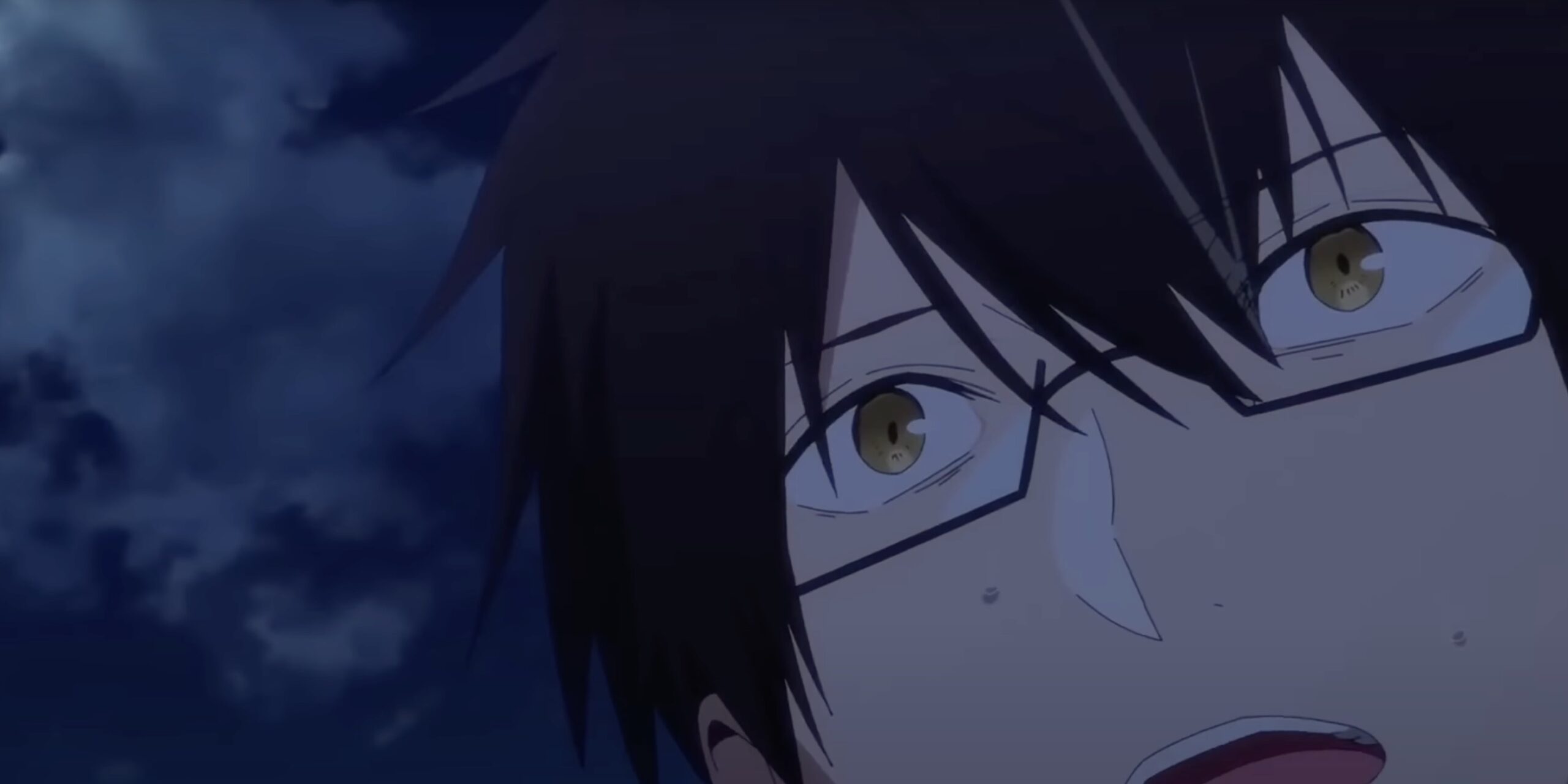
This disconnect persists in the characterization as well.
When faced with traumatic events like stalker attacks, the characters respond in unbelievable ways that align more with idealized anime stereotypes.
A female lead telling her murderer she wishes to make him happy in her dying breaths is not a natural reaction but a dramatic indulgence.
By untethering the story and characters from reality, Oshi No Ko fails in its rumored goal of insightful cultural criticism regarding the idol industry’s exploitation.
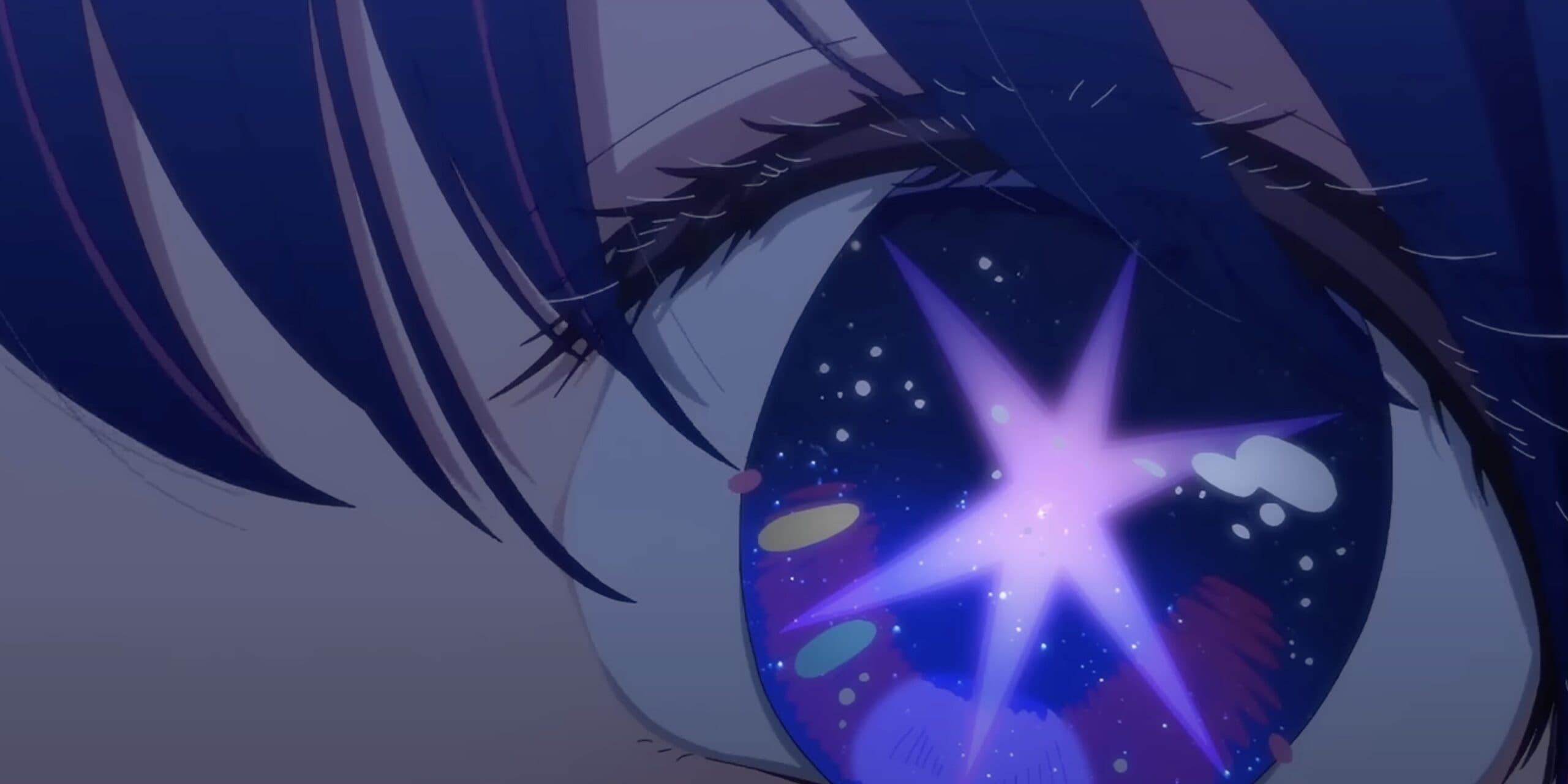
Instead, it risks mirroring the way Hollywood romanticizes and distorts harsh truths. When confronting systemic injustices, commentary requires nuance, empathy, and truth.
By instead providing exaggerated wish fulfillment, Oshi No Ko does a disservice to real issues plaguing a culture and industry.
In the end, devotees seem enamored with projected narratives rather than meaningful takes. But when escapist fantasy subsumes reality, it impedes addressing actual human costs. Real change begins not through storied saviors but open eyes.
Popularity Driven by Fantasy Over Reality
Oshi No Ko has clearly hit a pop culture nerve in Japan, garnering extreme devotion despite questionable depth. This intense otaku fervor likely stems from factors beyond the manga’s commentary on the idol industry.
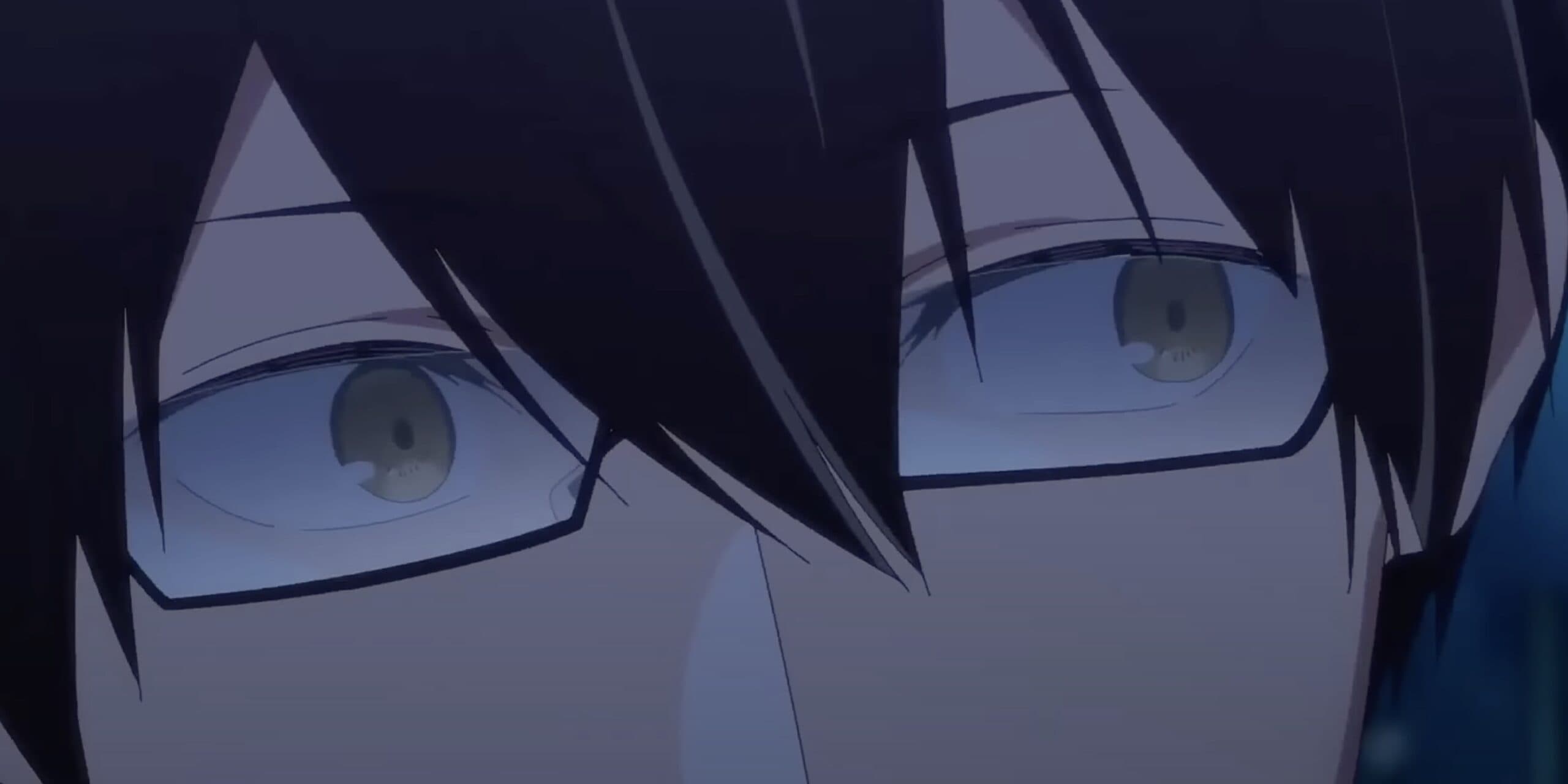
While the series touches on real issues around exploiting young performers, it fails to truly confront difficult realities. The superficial treatment seems more excuse than purpose. Storytelling prioritizes wish fulfillment fantasy over cultural criticism or advocacy.
Protagonists empowered with improbable reincarnation backstories react less as outsiders awakened to injustice and more like heroes in overpowered isolations.
They smugly float past obstacles regular people would find traumatic and oppressive.

The result feels less like an exposé of systemic abuses and more like an indulgent vehicle for dramatized catharsis. The writer appears enamored by idol culture more than concerned with consequences.
Hence, devoted Japanese fans likely see reflections of their own attachment rather than eye-opening truths.
This is the worrying gap between the real world and fiction. Actual idols endure harsh conditions absent in anime melodrama.
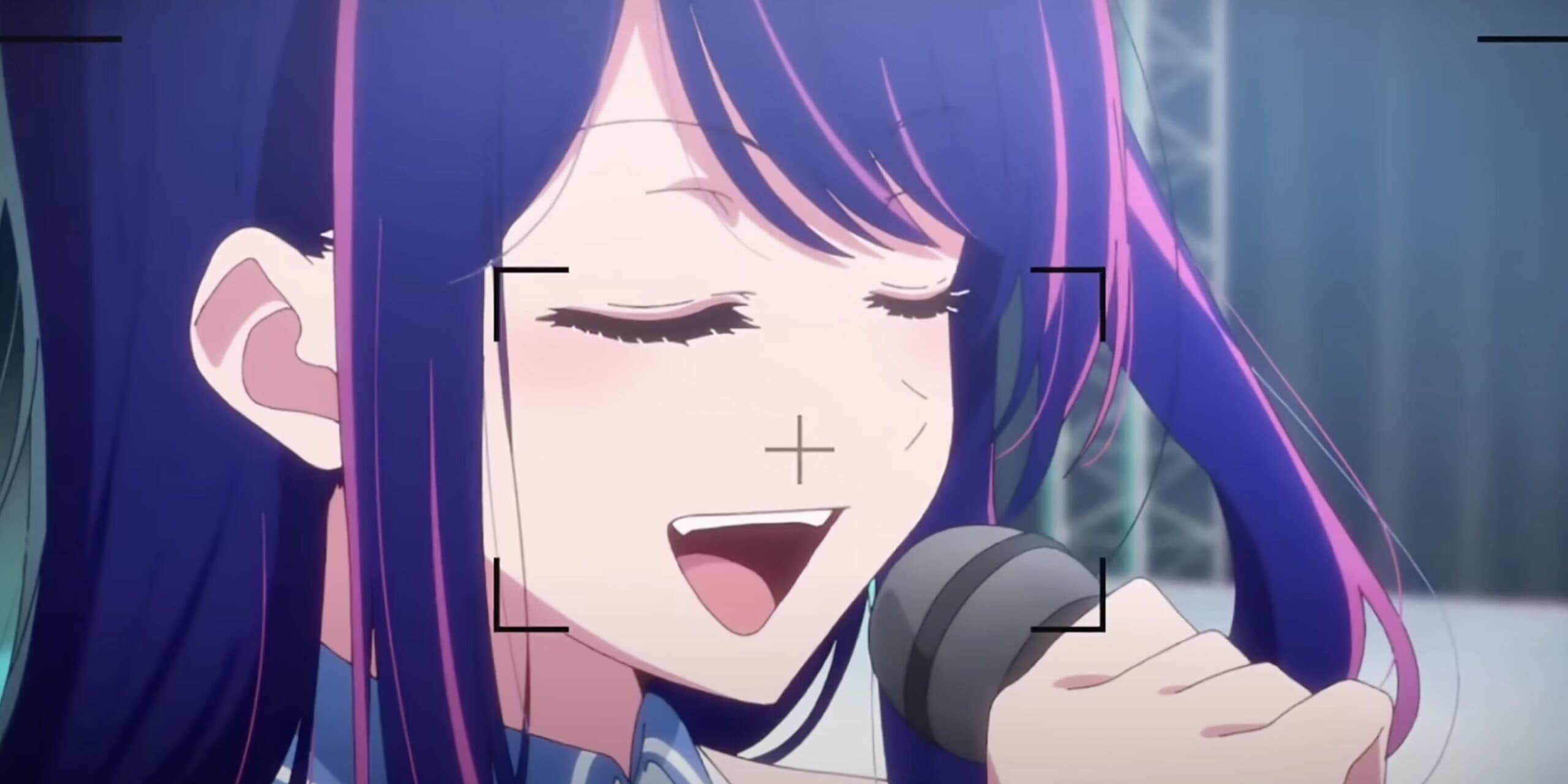
Can positive change occur until popular stories confront truth rather than distort it through idealized fantasy? For now, Oshi No Ko remains just an empty spectacle rather than an agent for progress.
Japanese Enthusiasts’ Passion Takes a Dark Turn with Threats Against Voice Actress
The intense passion that anime inspires in some fans has taken a disturbingly dark turn, as evidenced by recent threats of violence targeting voice actress Yui Ishikawa.
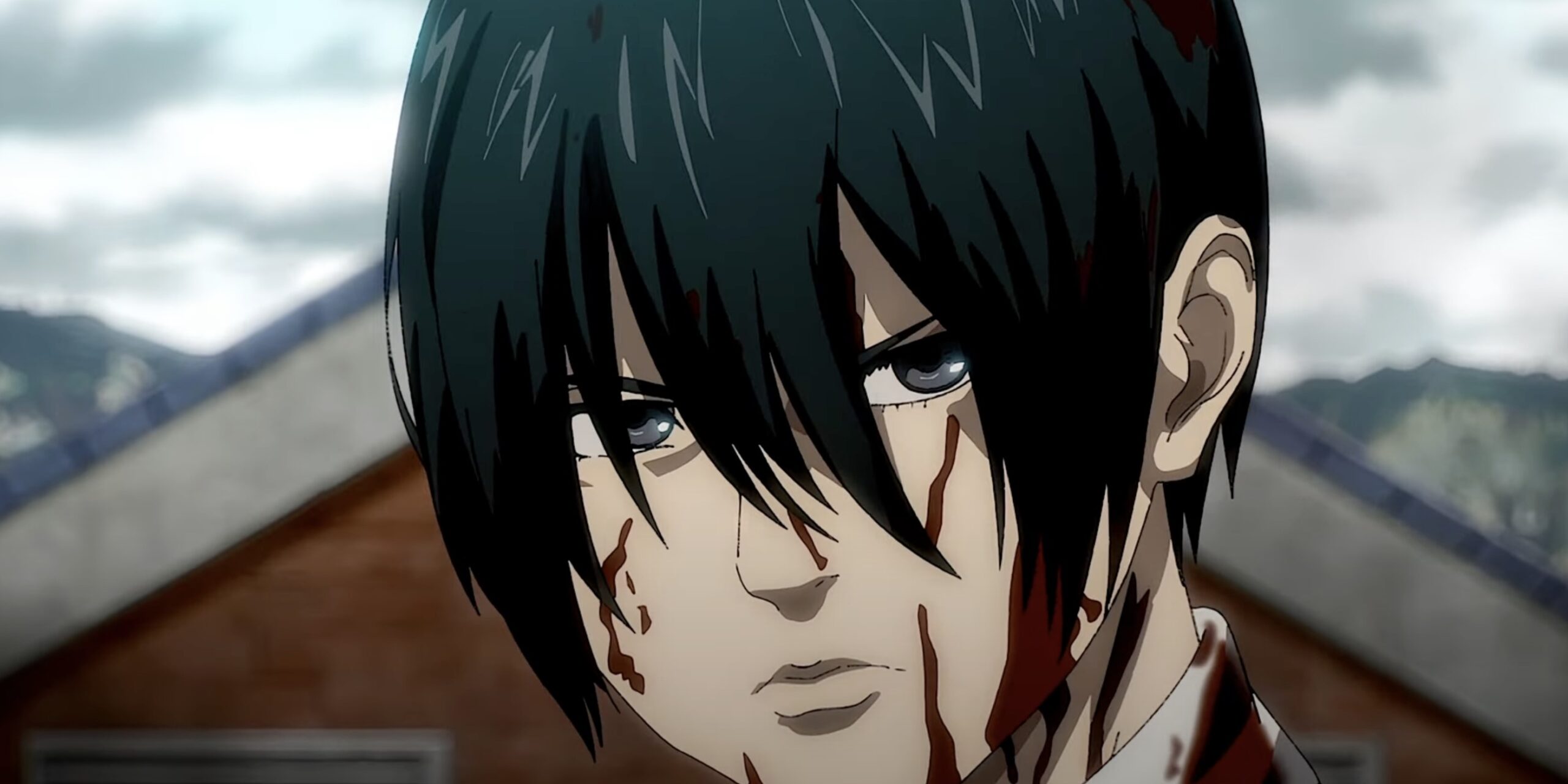
Known for her role as Mikasa Ackerman in the hugely popular series Attack on Titan, Ishikawa has become the obsession of at least one disturbed individual.
Last November, Kyoto resident Fukuta Kishimoto was arrested for making online posts threatening to brutally murder Ishikawa.
The specific threats were graphic and shocking, posted brazenly on a public forum. Police apprehended the 25-year-old after being alerted by the actress’s management team, who issued a statement asking fans to provide any information on the perpetrator.
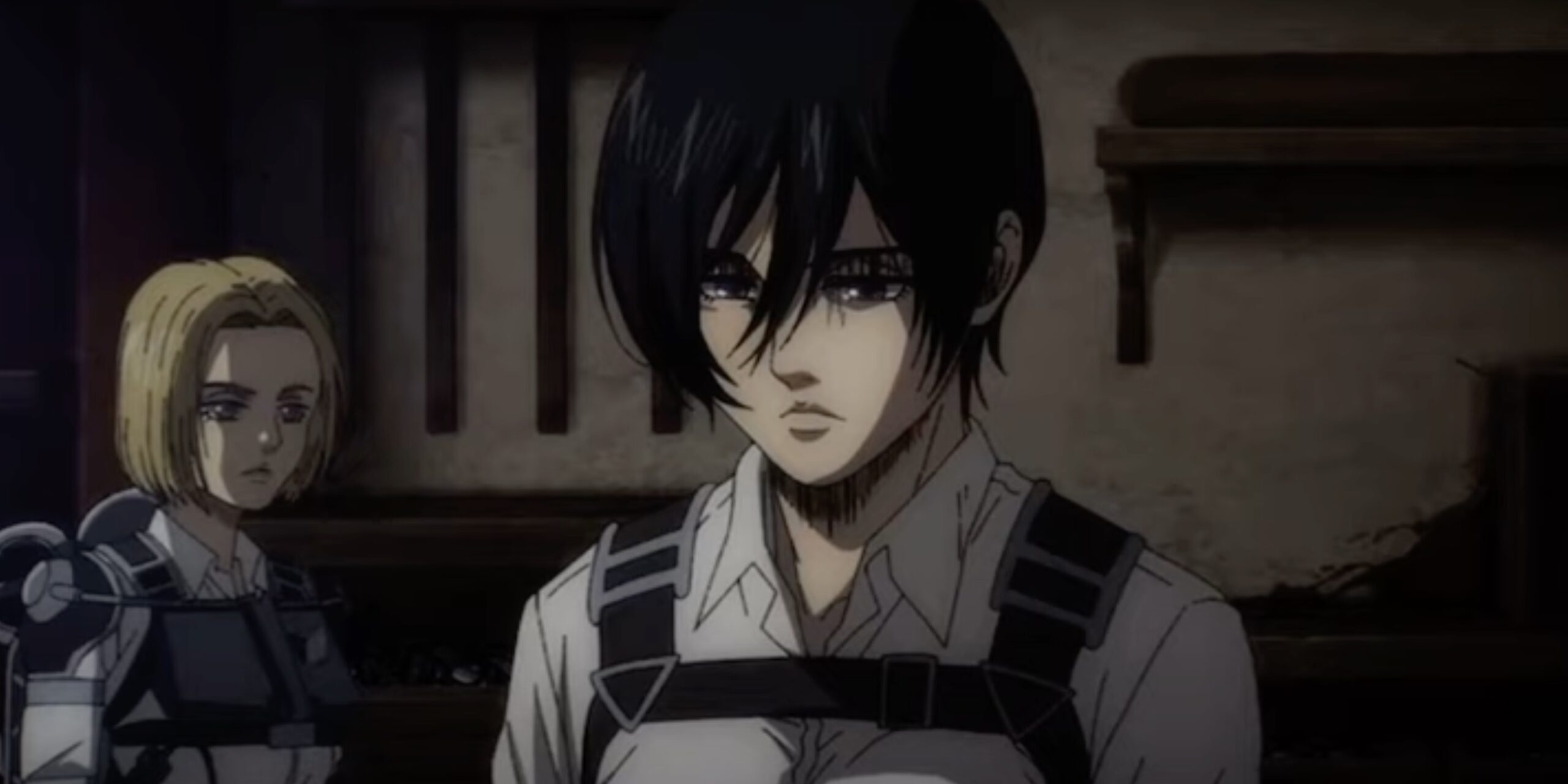
While devotion to one’s craft and favorite media franchises can be healthy, this incident represents an extreme violation.
Though anime fandom manifests in many positive ways for most people, toxic elements prey upon that passion for their own twisted agendas.
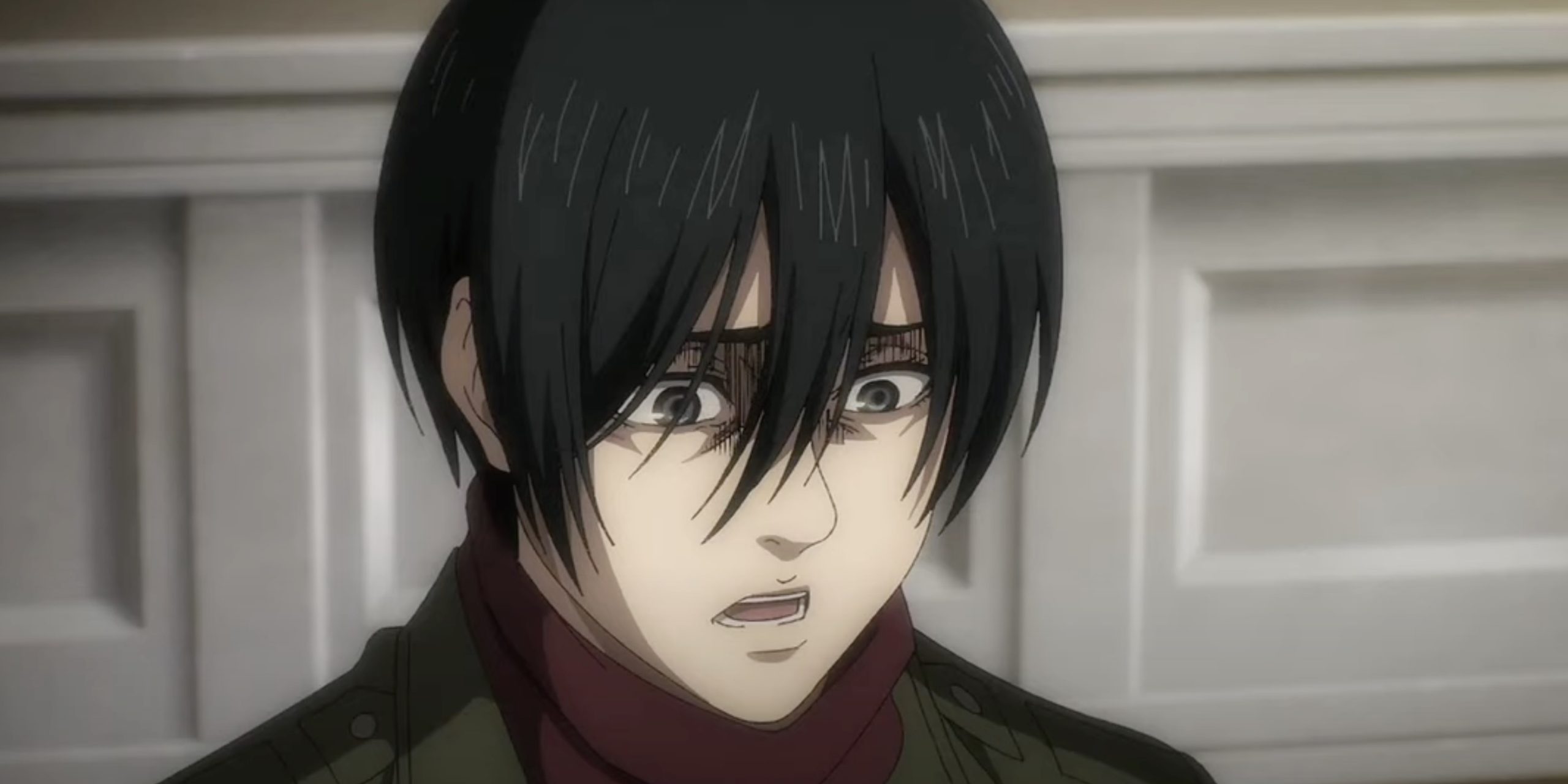
When enjoyment curdles into threatening harm against real people, the line between fiction and reality has been lost.
Gege Akutami Faces Death Threats for Plot Twist
Author Gege Akutami shocked readers by seemingly killing off the beloved character Satoru Gojo in the climactic battle of Chapter 235.
Gojo’s clever but ruthless victory over the powerful curses of Mahoraga and Sukuna came at a terrible price – the destruction of Shinjuku and the sorcerer’s own life.
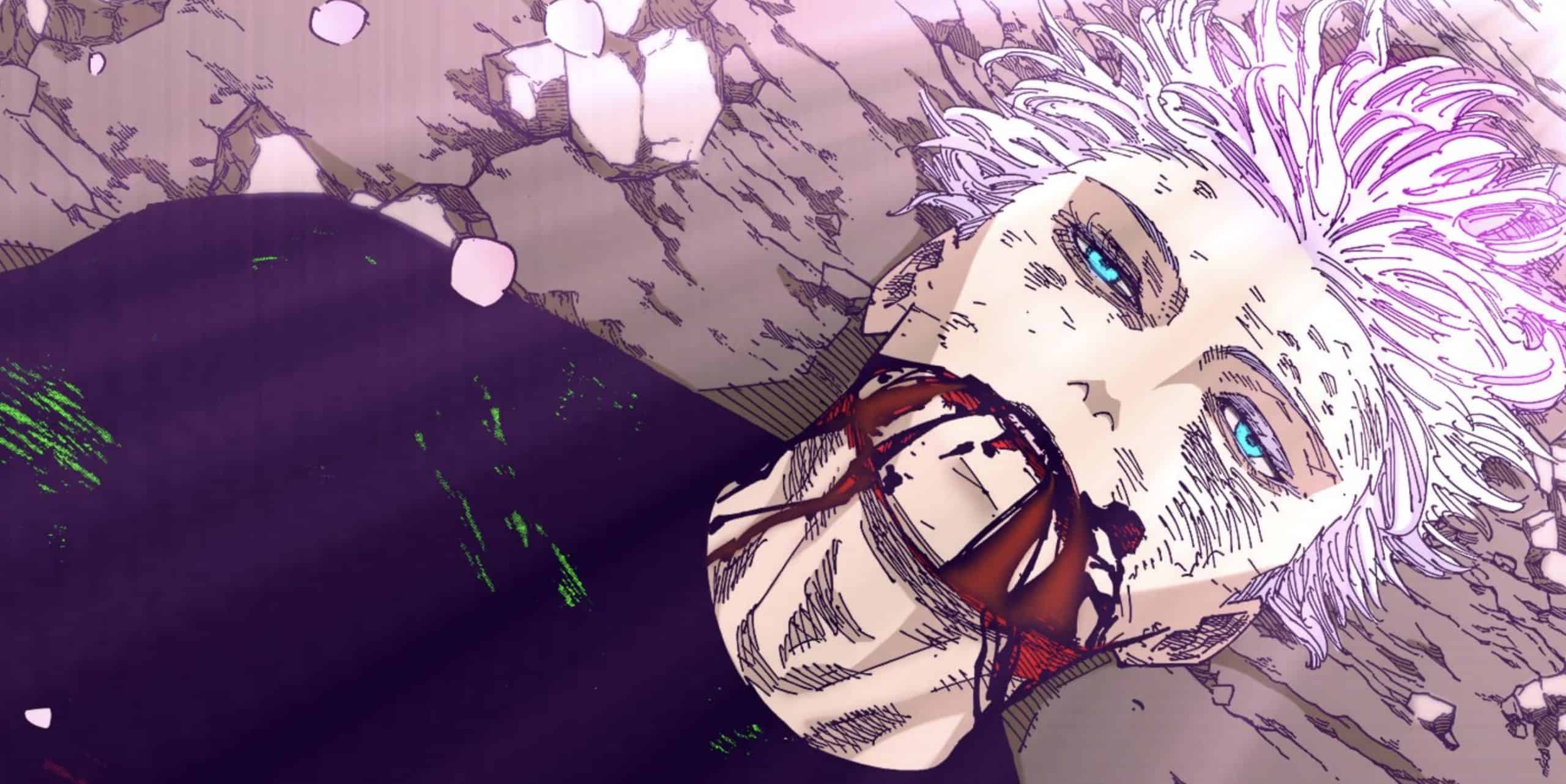
For fans, Gojo represented not just formidable strength but also charm, humor, and mentorship. His abrupt demise cuts especially deep, given the long build-up to his destined duel with the evil Sukuna.
That eagerly anticipated face-off ended in ambiguous tragedy rather than triumph.
Many devastated Japanese followers have turned their grief into frustration towards Akutami over social media. Perhaps they hoped to influence the writer to rethink the story’s direction.
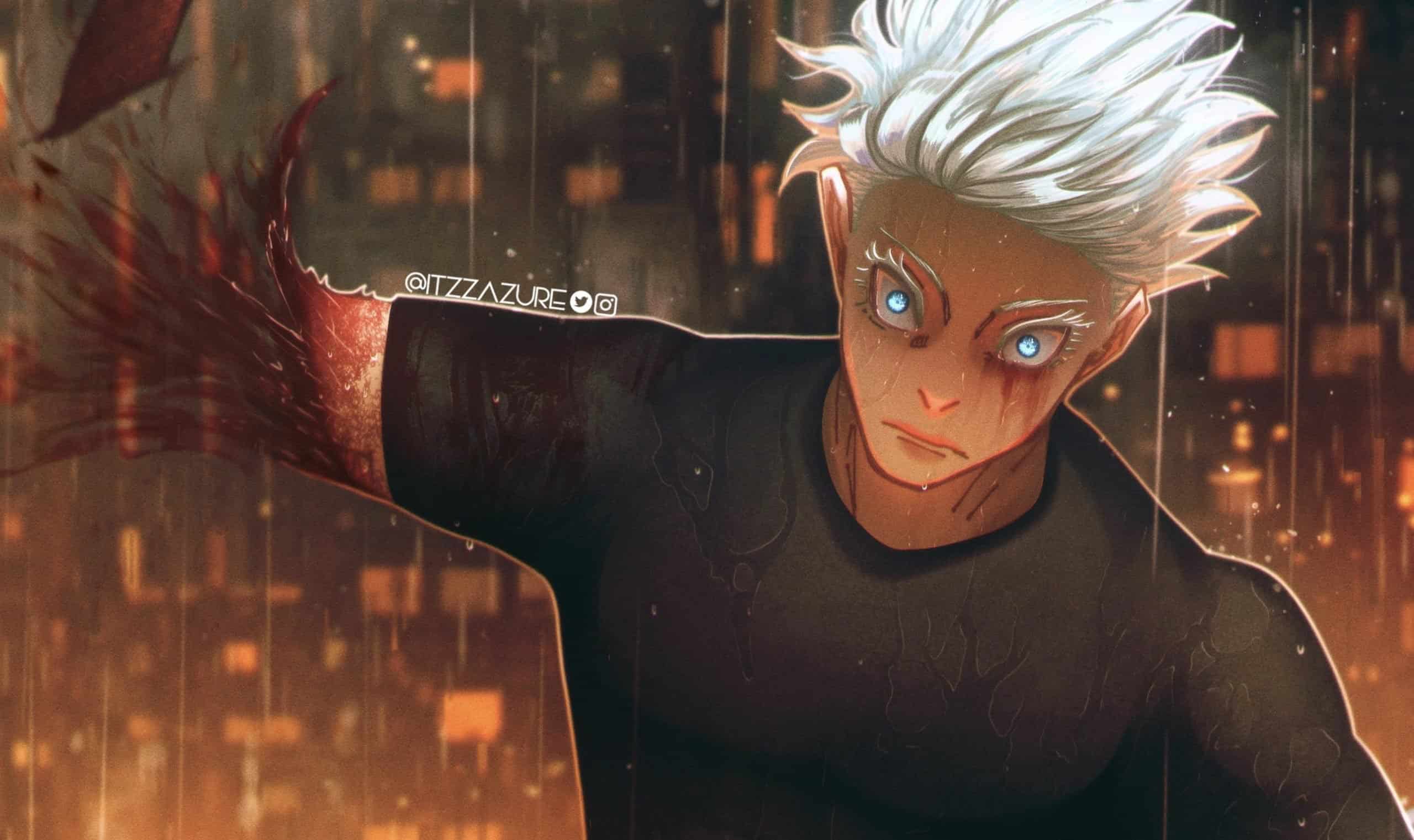
While Regrettably, Akutami has been harassed over this intense reaction, it also testifies to the strong connections this manga has forged.
Fiction allows safe emotional release and catharsis. But reality should not be distorted by idealism. Healthy fandom respects that while virtual bonds feel real, creators remain human.
Passion is not an excuse to attack others for unwanted outcomes – even in the death of beloved characters.
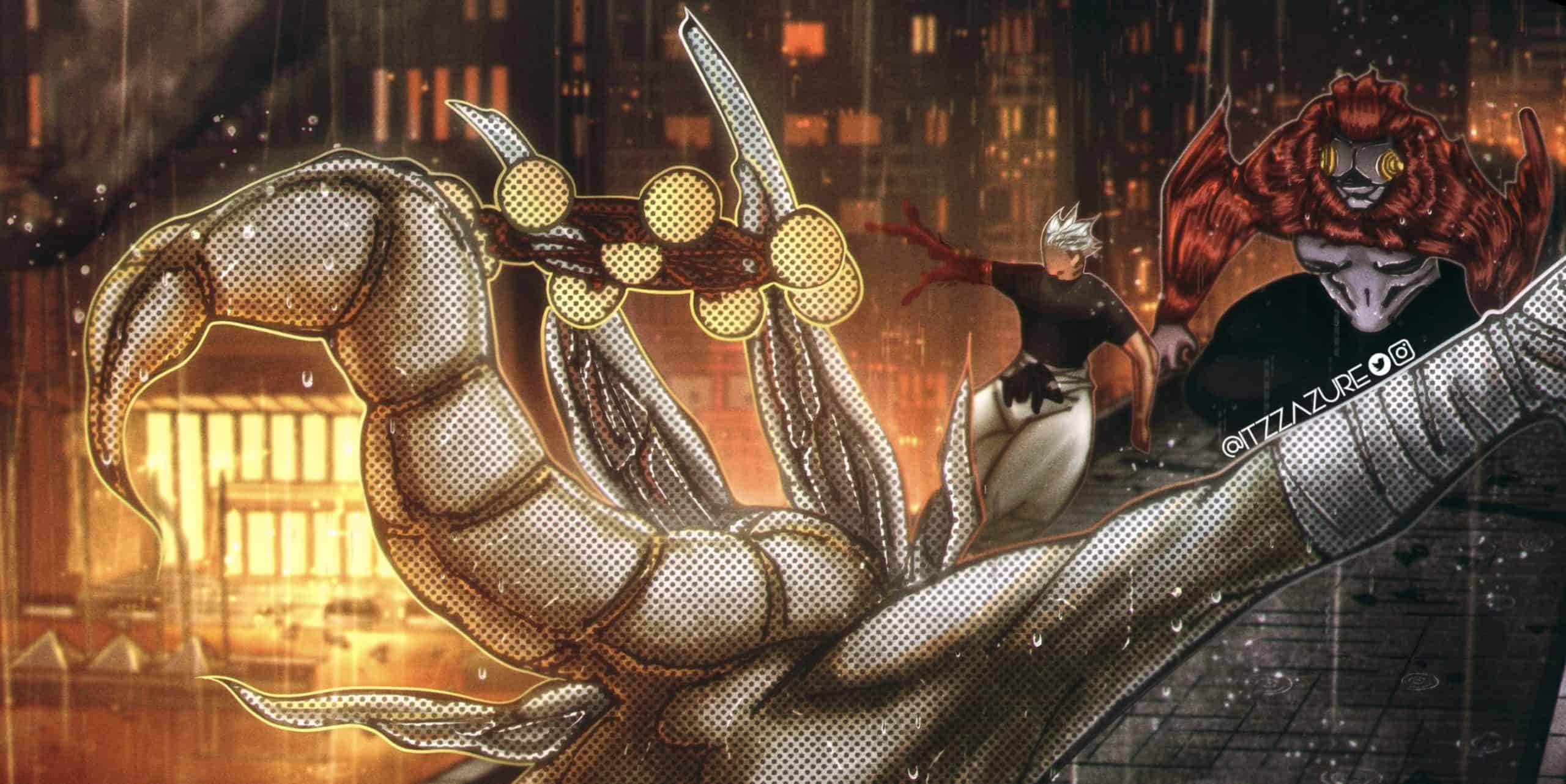
In the end, Jujutsu Kaisen remains ink and paper – no justification for threats over imagined acts. The true curse is forgetting that stories and dreams never warrant harming real people.
Pushing Chainsaw Man Creator Tatsuki Fujimoto to Conceal Identity Amid Death Threats
Tatsuki Fujimoto, the creator behind the explosively popular manga Chainsaw Man, has taken the unusual step of openly revealing his real identity to his fans.
Unlike most artists, who often have legitimate reasons to value privacy and anonymity in public life, Fujimoto has instead prioritized personal connection with his devoted readership.
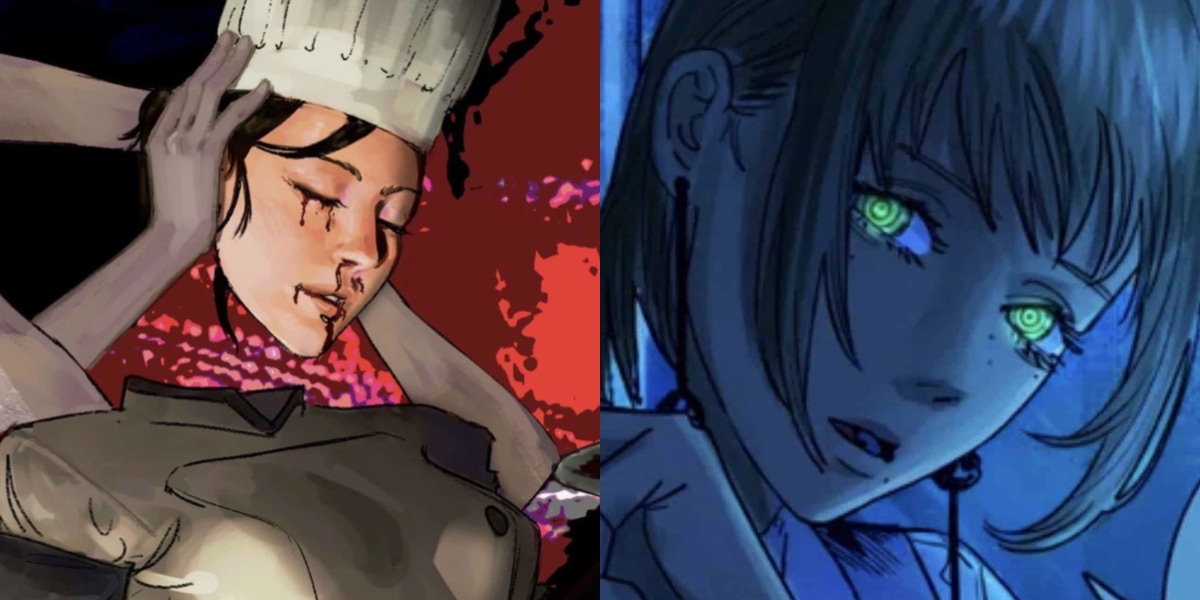
By forgoing the shelter of seclusion, Fujimoto has demonstrated that the potential isolation of a hidden alter ego can act as an obstacle between the artist and the audience.
While privacy grants creators the freedom to take risks without scrutiny, it can also reinforce a sense of separation from those who passionately consume their art.
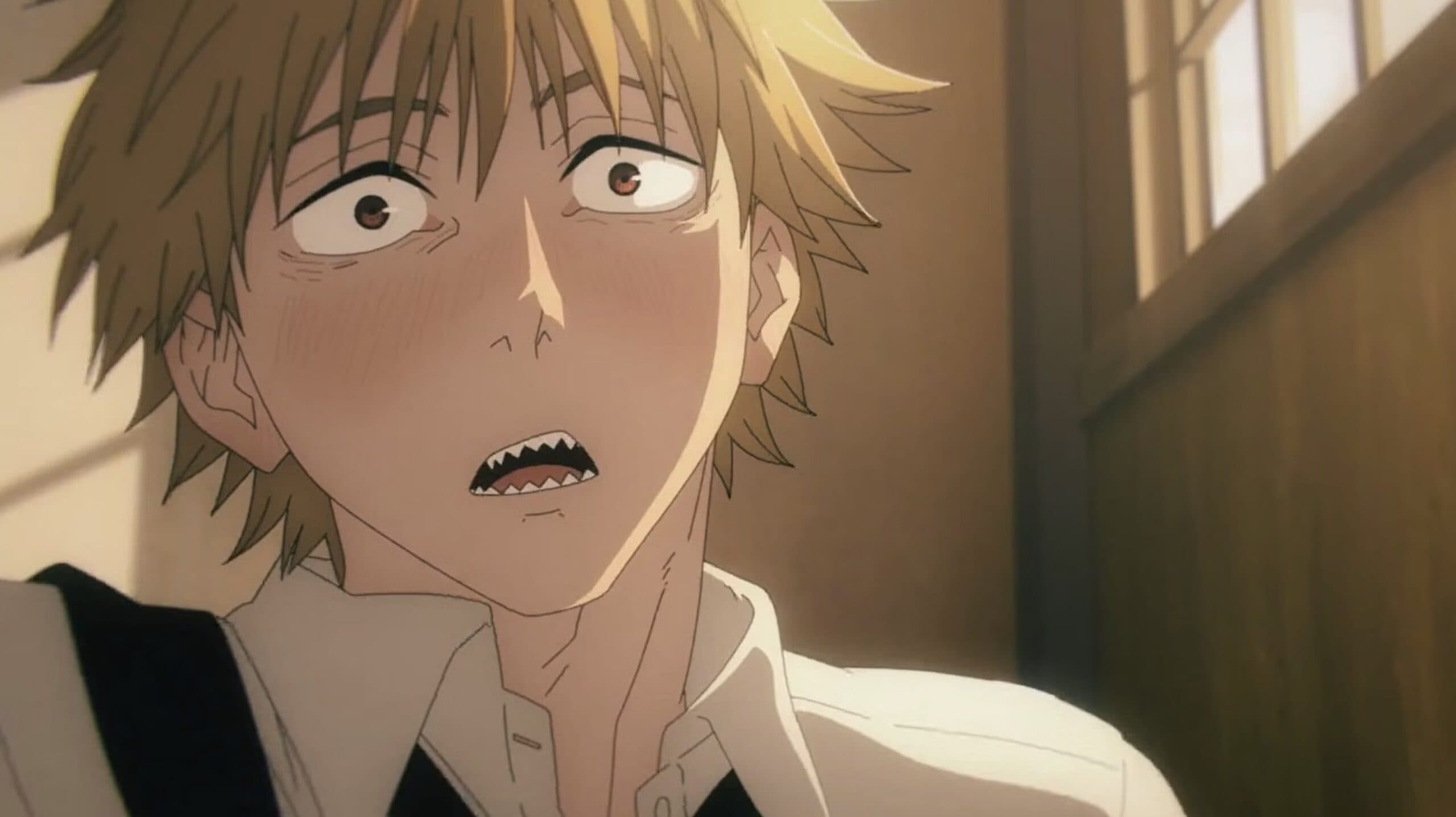
In courageously stepping into the spotlight under his actual name, Fujimoto signals that authentic interaction with fans eclipses even his own privacy concerns.
He has concluded that the rewards of transparency and vulnerability outweigh the costs of exposure for someone truly seeking to connect with supporters.
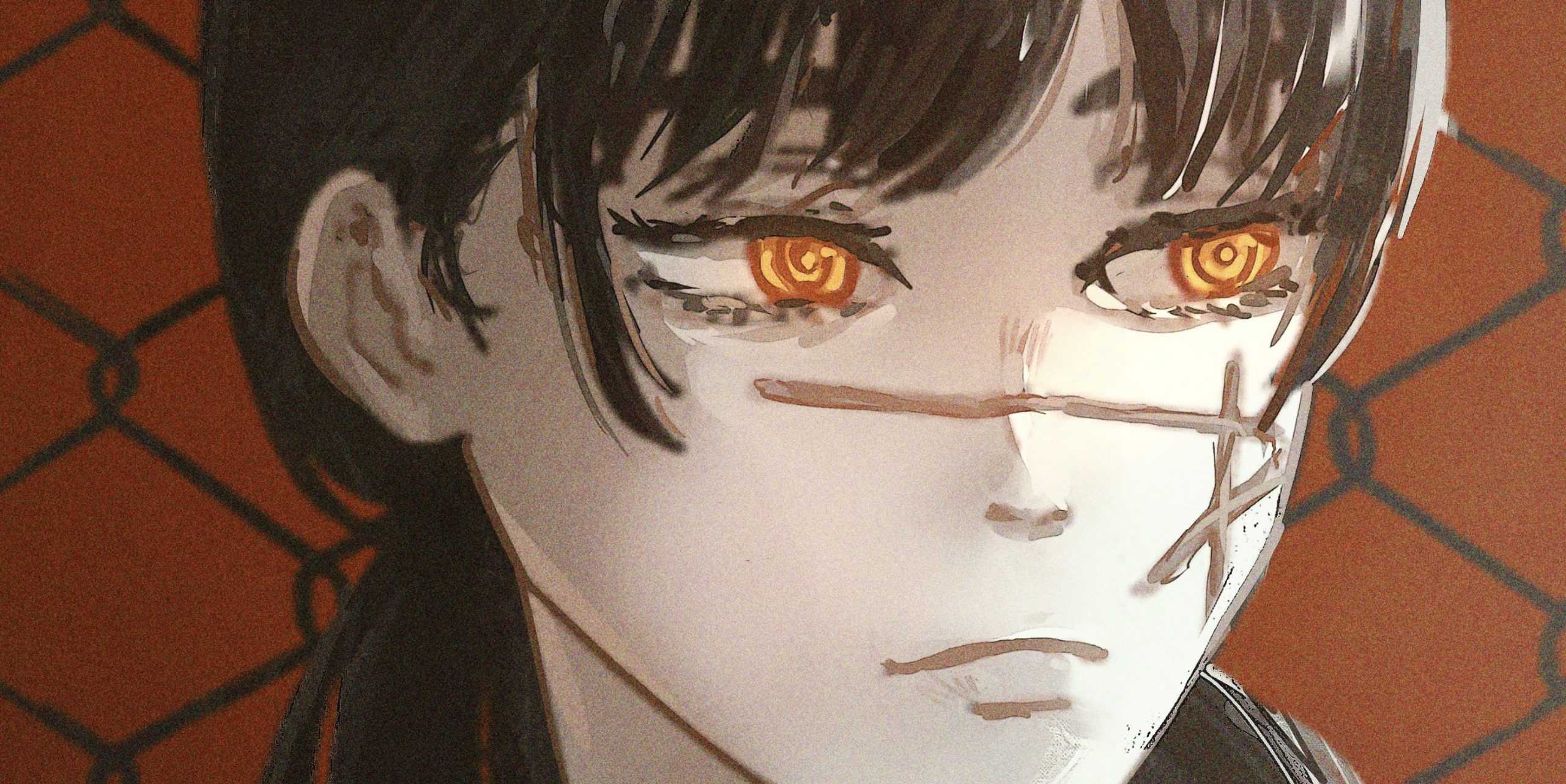
Of course, for many writers and artists, anonymity remains vital for uninhibited creativity, protection from criticism, and space for introspection away from obligations of fame.
For every risk-taking spirit like Fujimoto, there are multitudes for whom privacy is still paramount, both personally and professionally.
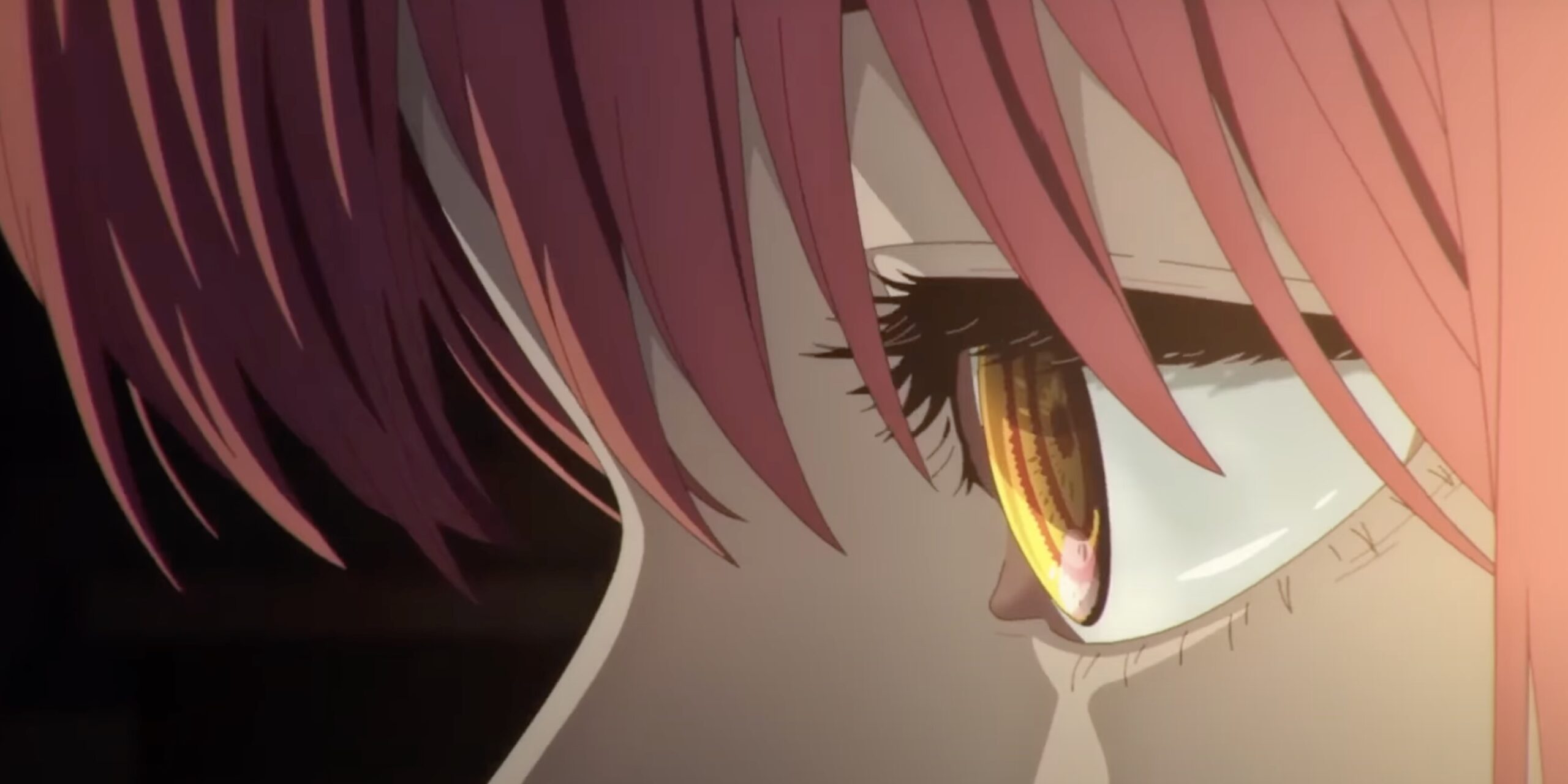
Yet Fujimoto’s very public persona speaks to a particular temperament – one that views readership as a collaborative, fulsome relationship demanding intimacy over isolation.
By embracing fans openly and unshielded, he aims for rapport through shared humanity rather than mystique.


